Aeschynanthus japhrolepis
€ 19,90
Aeschynanthus japhrolepis, commonly known as the Lipstick Plant, is a stunning tropical houseplant with trailing vines, glossy green leaves, and vibrant red or orange tubular flowers, perfect for hanging baskets and adding a bold pop of color to any indoor space.
Aeschynanthus japhrolepis is a species of trailing plant belonging to the Gesneriaceae family, commonly known as the Lipstick Plant due to its striking tubular red or orange flowers that resemble a lipstick tube when in bud. It is an epiphytic plant native to tropical regions, typically found growing in rainforests where it attaches to trees and absorbs moisture from the air.
The plant has long, trailing stems with glossy, green leaves that make it a popular choice for hanging baskets or as a cascading houseplant. It thrives in bright, indirect light and prefers a humid environment, making it ideal for indoor settings such as bathrooms or kitchens. Aeschynanthus japhrolepis requires well-draining soil and should be watered regularly, though it’s important not to let the soil become waterlogged. With proper care, it produces vibrant flowers that add a burst of color and a tropical feel to indoor spaces.
Care tipps in short
Light
- Bright, indirect light
- Avoid direct sunlight to prevent leaf burn
Watering
- Moderate watering
- Allow soil to dry slightly between waterings
- Avoid waterlogging
Soil
- Use well-draining, lightweight soil
- Potting mix for epiphytic or tropical plants is ideal
Humidity
- Prefers high humidity
- Mist regularly, especially in dry environments
Temperature
- Optimal temperature: 18-24°C (64-75°F)
- Keep away from cold drafts
Feeding
- Feed with a balanced liquid fertilizer during the growing season (spring and summer)
- Fertilize every 4-6 weeks
Pruning
- Prune occasionally to promote bushier growth
- Remove dead or yellowing leaves
Repotting
- Repot every 2-3 years or when root-bound
- Use fresh soil when repotting
Pests
- Watch for pests like aphids or spider mites
- Treat with insecticidal soap if necessary
Only logged in customers who have purchased this product may leave a review.
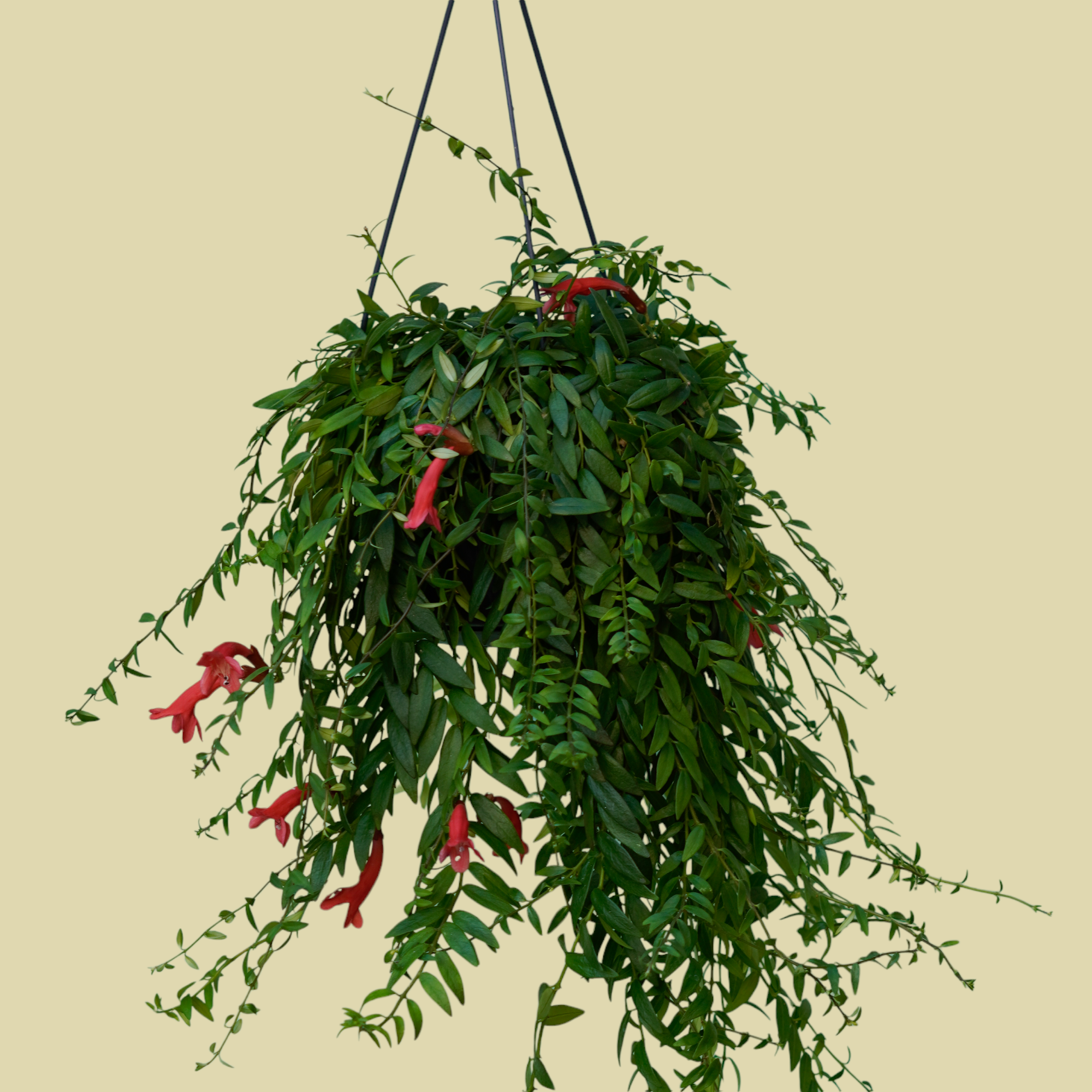
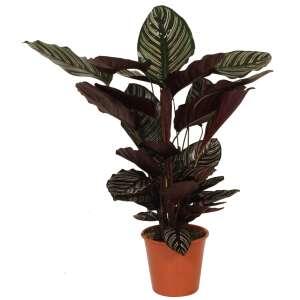
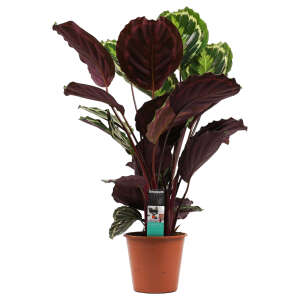
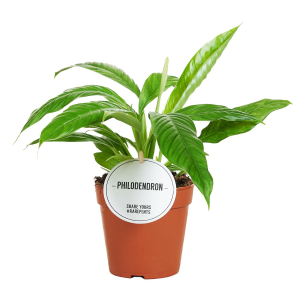
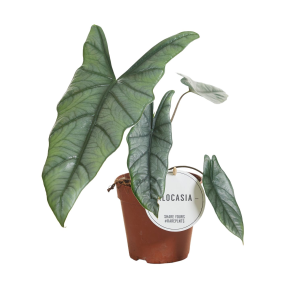
Reviews
There are no reviews yet.